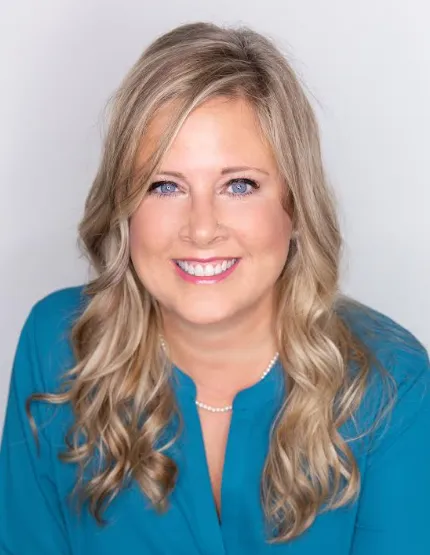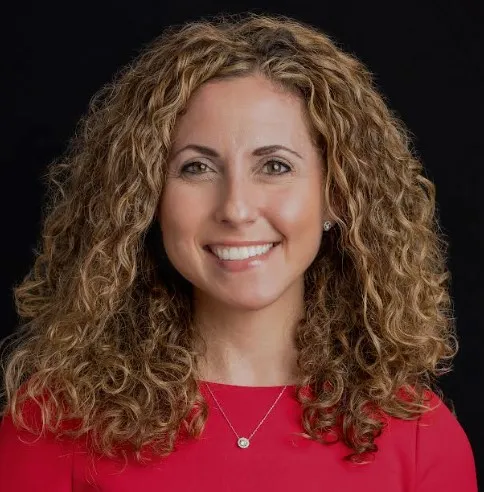This story is the third in a series of articles looking at how the rising cost of insurance is affecting apartment owners. Click here for part one and here for part two.
Insurance has long been an afterthought for many apartment owners; it’s seen as an issue they think about when they close a deal and something required by lenders.
But recent insurance premium hikes of 26% and more have moved the topic of insurance to the forefront, even if it means holding some risk.
“When [apartment executives] are learning about the inefficiencies of trading dollars with the insurance carrier versus holding a risk on their own balance sheet, they're becoming more interested in it,” said Danielle Lombardo, chair of the Global Real Estate Practice at Kansas City, Missouri–based insurance brokerage firm.
Despite the skyrocketing costs, there are steps owners can take to try to mitigate rising insurance expenses. By shopping for better deals, working with brokers, managing risk and even self-insuring, apartment owners can at least feel more in control of their expenses. However, there are still hurdles to overcome.
Shopping around
Whether you’re running an apartment company or simply managing your household finances, it's natural to look around for other providers when costs get too high. So it's unsurprising that as multifamily owners around the country face insurance cost hikes, they’re shopping around for new insurers.
“We seem to be spending a lot of time double and triple checking and shopping our insurance costs,” said Eric Garrett, president of the Greenwood, Indiana–based apartment developer and manager The Garrett Cos. “On the short-term builders’ risk side, we have some very good carriers that we work with and have a lot of buying power. But as with any service, you have to continually check to make sure that you're getting the best deal possible.”
Sometimes a switch is also in order. King of Prussia, Pennsylvania-based Morgan Properties, the No. 2 owner in the country, recently changed brokers, according to Amanda Crosby, director of risk management for the company.

“We recently moved to a smaller broker who specializes in real estate,” Crosby said. “The level of service we are receiving is excellent, and they were able to really re-evaluate our coverage and to test different deductible options in the market.”
When an owner has a provider locked in, the National Multifamily Housing Council’s recent State of Multifamily Risk Survey & Report advises them to begin policy renewals early, get firm expectations from their brokers and explore how they can improve results. They must work closely with their insurance providers and advisors to understand their loss projection models and determine what they need to buy from a risk management perspective.
Managing risk
Working with a good insurance broker is important, but so is having a strong risk management focus, according to NMHC. For Morgan, it’s important to partner with brokers and insurance carriers to explore best practices and programs that will result in fewer property, general liability, and workers' compensation claims, according to Crosby.
“We believe that there are actions we can take as an owner and manager to prevent losses from occurring,” Crosby said.
Morgan also closely monitors claims management. By selecting the right third-party administrators and attornies and conducting thorough investigations at the time of loss, the company believes it can tackle claim severity issues.

“One of the avenues we are currently exploring is around fast-tracking claims when it makes sense to do so,” Crosby said.
Lombardo advises owners to put risk management practices like contract review and loss control measures in place if they’re thinking about self-insuring. “If you're holding the risk on your own balance sheet, you're going to be much more interested in those types of things,” Lombardo said.
Self-insurance gains steam
Holding risk on their balance sheets is nothing new for some of the country’s largest apartment owners. Arlington, Virginia-based REIT AvalonBay Communities has used a wholly owned, regulated captive insurance company for most of the past decade. It has helped the firm mitigate the full impact of market increases in property insurance premiums when “individual insurers have become inefficient in their pricing,” according to Kevin O’Shea, AVB’s CFO, on the REIT’s first quarter 2023 earnings call.
Last year, AVB’s total insurance costs grew by 4% to 5% — well below what others in its coastal markets saw. Though the company expects prices to increase this year, it anticipates taking on more self-retained risk through its captive “to mitigate inefficient pricing from some of the market participants” if it becomes necessary.

“Having that capability to self-insure has been a helpful thing in recent years as the insurance market has become increasingly challenging,” O’Shea said.
Large private owners, like Morgan Properties, also retain risk on their balance sheet. “We’ve taken on higher self-insured retention and deductibles and believe that through risk control and claims management we can both reduce the frequency and severity of property and casualty claims,” Crosby said. “By taking on additional risk, we have been able to reduce our premium expenses.”
A question of scale
Although self-insurance may be an appealing option, lender requirements and size do matter. Many lenders require more coverage than some apartment industry advocates think is necessary.
But owners also need some scale to carry insurance risk, especially for things like property and casualty, which require a lot of infrastructure for middle-market companies, according to Lombardo. “Certainly, the larger companies can afford to take on more risk themselves,” she said.
Although Lombardo doesn’t think there’s a magic number of units an owner needs for its own insurance captive, it must have an infrastructure in place.
“It's really about premium volume and your ability to pay for the administrative costs and really look at the captive long term, because you may not see savings in the first or second year,” she said. “It's more of a long-term play.”
Click here to sign up to receive multifamily and apartment news like this article in your inbox every weekday.


















